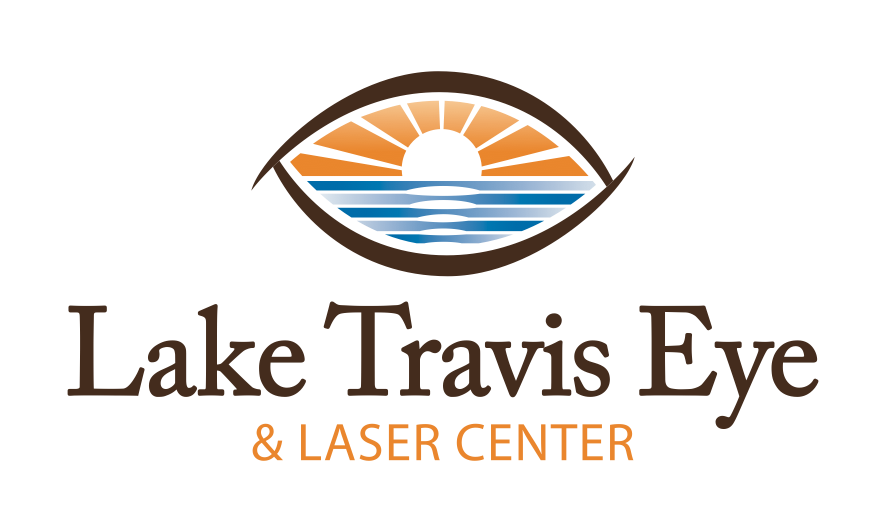
LASER CATARACT SURGERY
A BLADE-FREE SURGERY
Traditional cataract surgery is one of the most frequently performed surgeries today, with predictable outcomes and a very low complication rate.
The femtosecond laser technology that previously brought new levels of safety, accuracy, and predictable outcomes to LASIK flap creation is now advancing cataract surgery. This procedure is commonly called Laser-Assisted Cataract Surgery or Laser Cataract Surgery, and is offered through our clinic with the Lensx laser.
With traditional phacoemulsification cataract surgery, the surgeon still manually performs several steps of the procedure with a surgical blade, bent needle, or forceps. With the laser approach to cataract surgery, the surgeon creates a precise surgical plan with a 3-D computerized image. A blade-less, computer-controlled laser surgery is custom-planned for your eye. There are three main portions of the surgery that have improved precision with this cutting-edge technology: the corneal incisions, the capsulotomy, and the lens fragmentation. The specific differences in more detail are as follows:
Corneal Incisions
The advanced high-resolution imaging allows for corneal incisions that are uniquely planned for your eye. The incisions can be planned for a precise location, length, and depth.This is important for the accuracy of astigmatism reduction or elimination (which is traditionally managed by free-hand incisions). The corneal incisions can also be made to be “zig-zag” by the laser in order to improve self-sealing, ultimately reducing the risk of infection.
Capsulotomy
In traditional cataract surgery, the surgeon creates an opening in the lens capsule, a thin membrane that surrounds the natural lens, with a small bent needle, and then uses forceps to tear the capsule in a circular fashion. The exact size and shape of this opening is important for optimal intraocular lens (IOL) implant fit and positioning, which are significant factors in determining final visual outcomes. The use of the laser to create the capsulotomy improves the accuracy and reproducibility of this step to never before seen levels. Direct comparisons have shown that less than 10% of manual capsulotomies are as accurate as laser created capsulotomies.
Lens Fragmentation
With traditional cataract surgery, the cataract is broken into small pieces by an ultrasound device in order to remove the pieces through the small incision. This ultrasound energy can damage both the corneal endothelium and can burn the corneal incisions. With laser cataract surgery, the cataract is initially broken or softened with a laser treatment prior to using the ultrasound device. This results in less ultrasound energy needed, which ultimately decreases the risk of corneal problems.
We are both excited and proud to be one of the first eye clinics in Austin to make this remarkable technology available to our patients.
Watch this interview with Dr. Rhodes to learn more about blade free laser cataract surgery:


